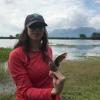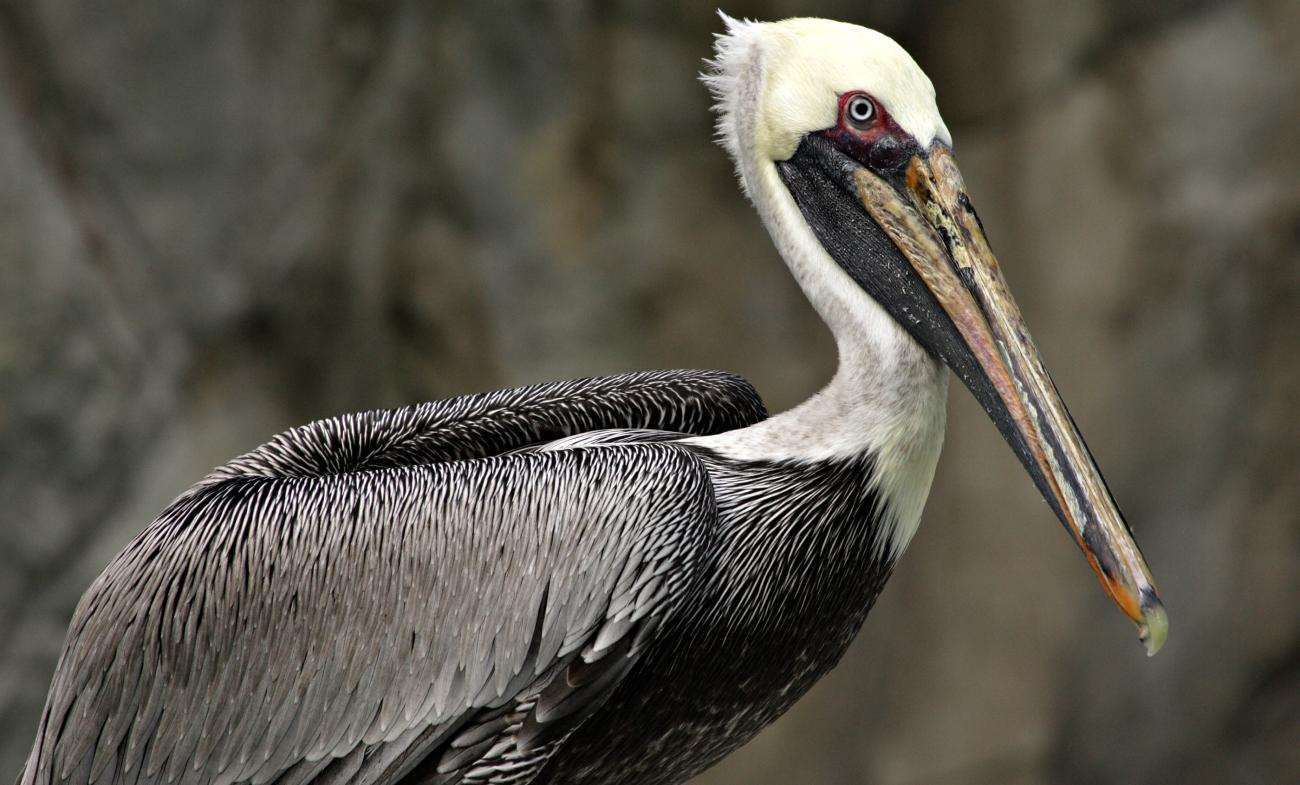Tracking and Migratory Connectivity
Smithsonian Migratory Bird Center scientists use novel technologies to track various bird species throughout their annual cycle for the first time.
General knowledge about why, how, when and where most of Earth's bird species migrate during their lives is rudimentary. Until recently, technology was not the right size to fit birds. Much of what is known about migration has relied on bird banding and re-sighting, or people reporting the birds they see. Knowing birds' exact movements and locations improves the ability of conservation biologists and wildlife managers to protect birds and the places they rely on.
The SMBC team develops methods that enable them to remotely track birds year-round through the use of technology. Tags, such as geolocators or satellite tags, are placed directly on a bird and carried by that bird year-round. Depending on the type of tag, data are either regularly transmitted to a computer where researchers can monitor a bird's movement, or a bird is recaptured, at which point its tag is removed and the stored data is downloaded. By using these new tools and methods, the team is able to establish a baseline knowledge of certain species migration routes and behaviors.
This information provides insight into where birds move and are located throughout the year. These data shed light on the actual journey and routes birds take, helping to reveal the mysteries of bird migration. Further studies will help guide conservation practices to preserve these species and the places they depend on throughout the year.
To see live maps of individual birds scientists are tracking with cutting-edge technology, read updates on individual projects, learn about migration work as well as methods being used for a variety animal taxa, and more, visit the Migratory Connectivity Project website.
This research is conducted in partnership with various groups and individuals, including David Newstead of Coastal Bend Bays and Estuaries Coastal Bird Program, Dan Ruthrauff, Joel Schmutz, and Lee Tibbitts of USGS Alaska Science Center, Erin Bayne’s lab of University of Alberta Edmonton, Owl Moon Consulting, Mike Wunder’s lab of University of Colorado, Phil Bruner of Brigham Young University—Hawaii, Tim Keyes of Georgia Department of Natural Resources, Felicia Sanders of South Carolina Department of Natural Resources, Ukpeaġvik Iñupiat Corporation and the City of Utqiaġvik (Barrow), Alaska, and Jim Johnson, USFWS.
This work is made possible thanks to funding and support from ConocoPhillips.















